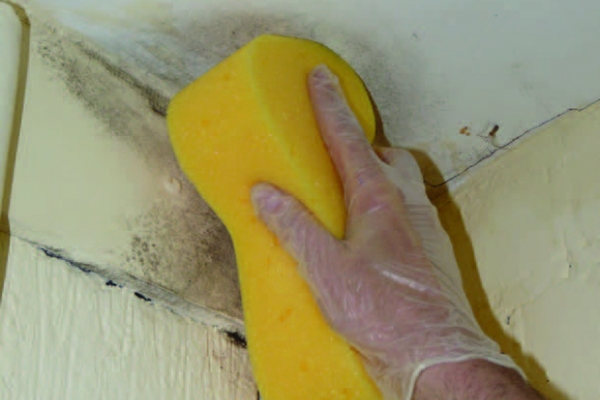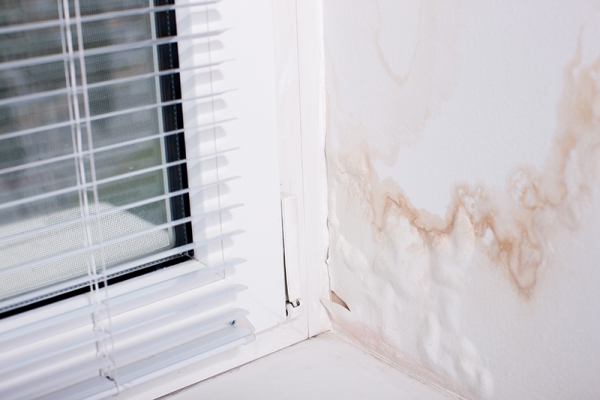Damp is the presence of moisture in a building, and it can get there in many ways. If left untreated, damp can lead to serious structural deterioration; it can also result in decay of timber, spoil decorations and cause serious health issues, as damp conditions are the ideal environment for mould growth and mites.
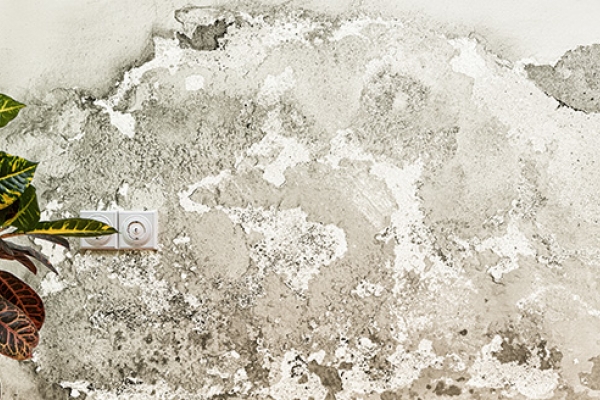
Identification of the cause of dampness in a building should be completed by a qualified Damp and Timber Surveyor, but the initial signs are often easily identifiable by homeowners. Presence of damp can cause a musty smell, 'tide marks' left behind by salt contamination, black spot mould, discolouration of wall finishes and even wood rot.
Different types of damp are treated in very unique ways and should not be undertaken by an untrained contractor. For this reason we recommend contacting Head Office for a selection of Wykamol Registered Installers and Wykamol Specialist Contractors who are qualified to install our highly specialist products.
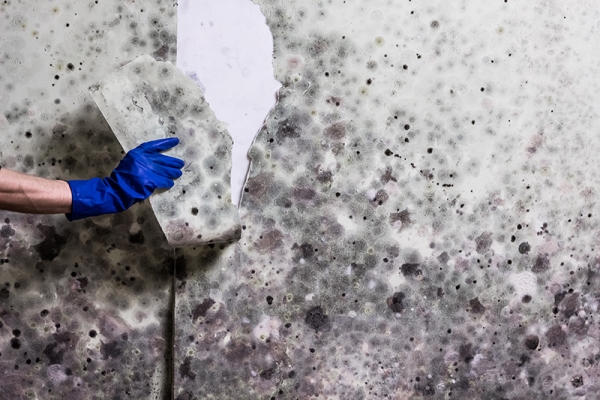
Different types of damp are treated in very unique ways and should not be undertaken by an untrained contractor. For this reason we recommend contacting Head Office for a selection of Wykamol Registered Installers, who are familiar with the installation of our products and have attended a Contractor Training Course.
Rising Damp will only affect the walls on the ground floor of your property or any subterranean rooms. If you have dampness on the levels above, this will not be rising damp. Please see below for information on other types of damp in properties.
Salt Contamination
The source of moisture for rising damp is the soil or subsoil that your property is constructed on or near. The biodegraded plant matter found in soil contains nitrates, chloride and sulphate salts which are drawn into the moisture and rise up the masonry wall. When the moisture evaporates, the harmful salts are left behind and evidence of this can typically be found in the form of a 'tide mark' left on the wall. Rising damp over a number of years can cause high levels of salts in masonry. These residual salts are hygroscopic, meaning they absorb further moisture from the air, and tend contribute to the problems evident.
Rising damp results from the capillary action of water from the ground. In the absence of an adequate damp proof course an area rising to around 50cm (or more) above the skirting level along the whole length of the wall will result in damp patches and discolouration. Where the damp proof course is damaged or breached, patches of dampness may occur.
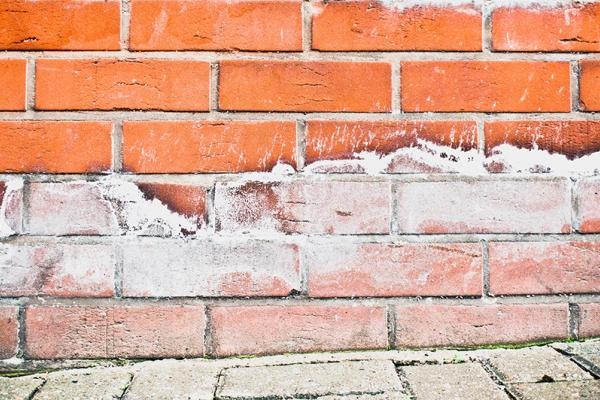
Penetrating Damp has a number of causes. Some are easily rectifiable and others require some specialist assistance.
Causes of Penetrating Damp
Damp patches will begin to appear in and around the area where the issues has occurred. These damp patches are likely to become more prominent during periods of heavy wind and rain. These damp patches will put your plaster, skirting boards and decorative finishes at risk, amongst other things.
Solutions for Penetrating Damp
For a free inspection and diagnosis of the damp in your home, contact us here
